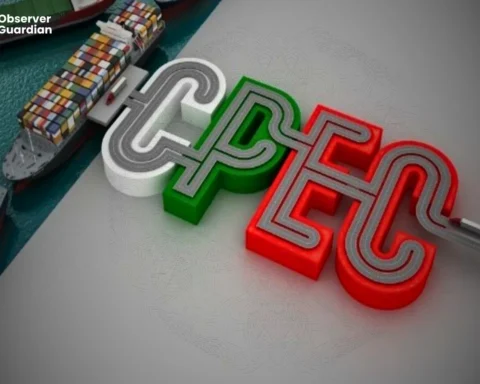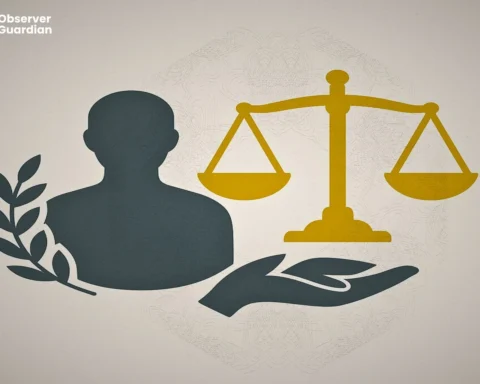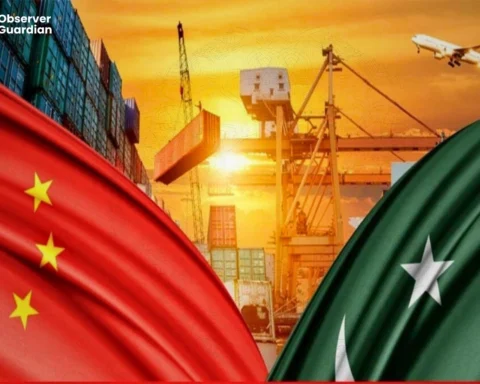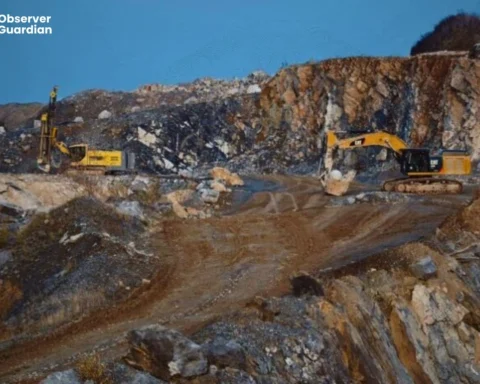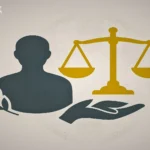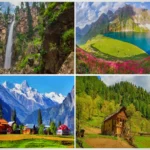The war in Kashmir has taken more than 70 years. The conflict is much older than generations, peace movements and even trends in global politics. However, despite the endless bloodshed and the strife, the problem has not been resolved. The tragedy consists not only in the India-Pakistan stalemate but of what Kashmiri voices are silenced. The future of Kashmir is destined to uncertainty without making the people of Kashmir the centre of any solution.
The origin of the conflict can be traced back to 1947, during which the British Indian lost to a detachment to India and Pakistan. Trying to stay independent, the ruler of Kashmir, a Hindu monarch of a Muslim-majority state was unable to stay untouched. This step led to the initial war between the two new states. The United Nations came into the picture and suggested a plebiscite and that people should determine their future. That vote did not take place. In its place, a ceasefire line was drawn across the territory, thus leaving India and Pakistan with both partial controls. This fragmentation was a permanent one not arrived at because of any consensus but war and suspicion.
Kashmir has since been the centre of 3 major India Pakistan wars. Both countries lay claim to it in totality, but none has been able to achieve it entirely. To India, Kashmir is the evidence of its secularism, a place where Muslims co-exist in the varied democracy. In the case of Pakistan, Kashmir is the incomplete business of partition as a Muslim-majority state that ought to have been within Pakistan. The labelling of the Kashmiri people on a national basis limits the possibility to confer self-defining destiny.
The late 80s saw a wakeup call. Benevolence and economic disaffiliation in favour of political unease and manipulated elections induced anger to erupt into an armed rebellion in 1989. It was initially stirred up by Kashmiri nationalism. India retaliated with massive militarization, and the valley became garrisoned. Violations of human rights became so common: disappearance, torture and restriction of liberty. That led to a violence loop the victims of which were regular people. Scores of Kashmiri Pandits, who are Hindu minority, disappeared and ran out of the valley following threats and killings, leaving them a displaced community.
The problem became more serious because of the international aspect. The region, Kashmir, was used to be sidelined during the Cold War when the powers courted India or Pakistan as a strategic move. In the wake of the events of 9/11, the story changed. Pakistan assured that it was in no way involved in the conflict but were simply providing moral and diplomatic support to the freedom fighters in Kashmir. The world developed an adverse attitude to intervene partly since both India and Pakistan became nuclear powers in 1998. Any outburst at this point held in it the implication of nuclear escalation.
China puts an additional twist in the matter. It occupies Aksai Chin which is part of historical states of Jammu Kashmir. There is also not only a regional dimension to the dispute as three nuclear-armed states border on Kashmir. It is a security issue all over the world. However, even with this there is the improper involvement of the world. International organizations will recommend restraint after a crisis, but they are never prepared to take part in profound mediation. India does not welcome foreign involvement in the matter arguing that the matter is bilateral.
As opposed to this, Pakistan favours third party mediation where it understands that it will be in a stronger position.
Peace initiatives have been initiated and died. The Simla Agreement of 1972, the Lahore Declaration of 1999, the dialogue processes in the 2000s all provided some moments of optimism. Measures such as bus services across the Line of Control were small but significant as far as confidence building measures were concerned. Each terrorist attack or border skirmish, however, caused the two sides to move back into antagonism. There has been a lack of trust and leadership on both sides, domestic politics in both countries has frequently been given precedence over reaching compromise. This means living in limbo according to ordinary Kashmiris who then have two armies and the competing political forces who speak and claim to represent them, but do not listen to their voices.
The tragedy of Kashmir is that it goes beyond a territorial dispute. It is regarding individuals, families that are separated on a map, societies broken by violence, generations that have been coming up in militarized zones. What has been so consistent through all the political clamour is human suffering. And as far as peace is concerned there must be beginning with recognition of the Kashmiri aspirations. Some may prefer the union of Pakistan, others integration into India and others independence. When we lock out these voices, we are only delaying the conflict.
The world community has its share of blame as well. Although no external force can enforce a solution, there is more pressure obligatory to the dialogue. The world has been involved in conflicts well oscillating its borders and in Kashmir it has in many cases deferred. Neutrality is not silence, neutrality helps the cause of the status quo. The situation quo in Kashmir remained the same or the violence and the repression and the instability of this region.
The time has come to re-strategize on the way the war is being fought. None can foist a permanent surrender by dint of force. Kashmiris need to be listened to as agents rather than as a sacrificial pawn. And the world should not have to wait till the next crisis before listening. Kashmir is more than a territorial conflict. It is an experiment of trying to find peace among established hostility and whether human rights can overcome the nationhood.
It already took one lifetime of war over Kashmir. Otherwise, it may persist another without courage, vision and empathy. The citizens of Kashmir can do better than that. They are entitled to their future, and can craft their own itinerary, in peace.
Disclaimer: The views and opinions expressed in this article are exclusively those of the author and do not reflect the official stance, policies, or perspectives of the Platform.




